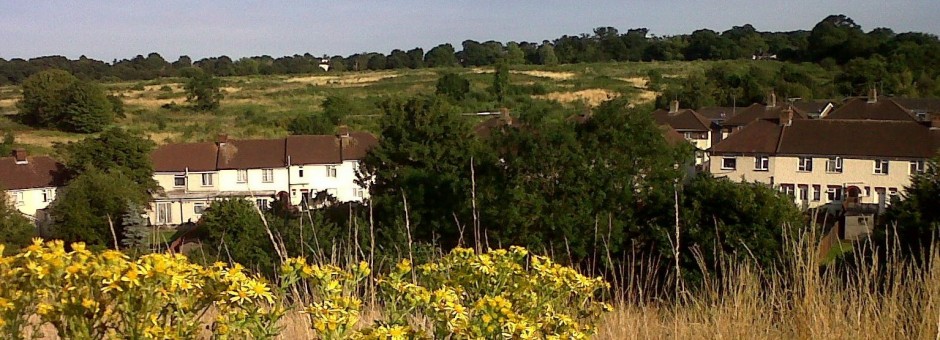International explorer Paul Rose and campaign partners joined environment charity Thames21’s foreshore clean up recently and called on Londoners to “do the right” thing and make sure their rubbish goes in the bin, not in the River Thames.
The campaign aims to raise awareness of the harm that rubbish in the Thames is doing to wildlife and why it’s important to stop it getting there in the first place.
The message to people is simple: do the right thing. Bag up your rubbish and make sure it’s disposed of properly. If it’s not recovered it ends up in the stomachs of seals, fish and other marine life in the river.”
Dr Dave Morritt, reader in Aquatic Ecology and head of school, School of Biological Sciences, Royal Holloway, University of London, oversaw a recent study of River Thames fish and says the impact of litter is clear: “The fish are eating plastics introduced into their environment by human activity. Two species of fish, flounder (Platichthys flesus) and smelt (Osmerus eperlanus) from Erith and Isle of Sheppey were found with plastic fibres in their guts: up to 75% of sampled flounder had plastic fibres in the gut.”
Every year the PLA recovers more than 400 tonnes of rubbish from the river Thames. Some of it is heavy wood which is hazardous to ships; the vast majority is plastic of all kinds, mostly bottles, but also spoons, cartons and Q Tips.
The campaign is backed by groups including Thames21, Totally Thames, the Environment Agency, Thames Tideway Tunnel, London Wildlife Trust, Marine Conservation Society and the RSPB. It features four posters and a film in which Paul Rose explains the scale of the problem and how people can ‘Do the Right Thing’.
The posters can be downloaded at: http://www.pla.co.uk/cleaner-thames
The film can be seen at: https://www.youtube.com/watch?v=9bsLmgzpHQE
People can help locally by getting involved with the Thames21 Cry crew or Friends of the Shuttle.
Anyone who wants to get a grip on the scale of the problem should come along to assist with the big Danson lake clean-up on November 14th. Danson receives rubbish washed off the streets of Welling. The water then drains into the Shuttle at Bexley Woods , and from there it will get carried down the Cray , into the Darent, thence the Thames and then the English Channel or North Sea. So those polystyrene fragments from discarded Welling fish and chip shop food containers may end up back in your locally bought fish and chips and then your stomach …….
[Research information in this post obtained from a Thames Estuary Partnership e-mail]
